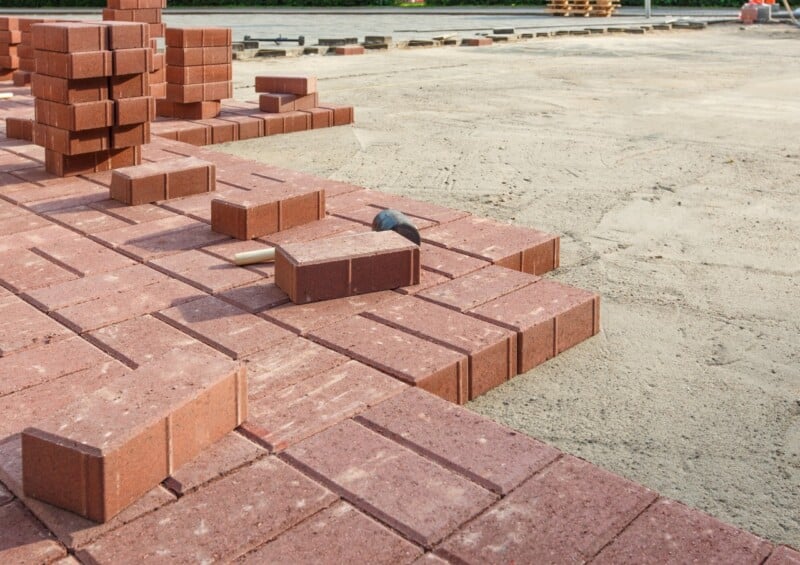Paver Installation Steps: How Do the Pros Do It?

Are you looking for a way to spruce up your yard, renew your driveway or add a pathway to your landscaping? Pavers are smooth paving stones that instantly transform any outdoor space and make it easy to walk on or drive over the area.
If you are thinking about paving your patio or walkways, check out these paver installation steps to see how the pros ensure a high-quality result every time.
1. Design the Layout
When designing a walkway, driveway or patio, you should keep a few things in mind. Firstly, you need to decide what type of paver you want to use. Clay bricks pavers, made from fired clay, are a popular choice for paving because they are durable and have a natural look. Other types of pavers include:
Pavers come in a wide range of colors, from brown to gray to white, so you can choose the color that best matches your home or business.
Lastly, you need to consider the size of the pavers and the square feet you need to cover. Once you’ve chosen a paver style, the experts at BrickAmerica or your contractor will use their experience to calculate how many you’ll need to pave the entire area.
2. Excavate the Area
This may seem like a daunting task, but qualified contractors have the right tools and equipment to prepare the area for paver installation.
First, they mark out the area for excavation. Then, the contractors remove any existing vegetation and rocks before digging out the soil to a depth of at least six inches
3. Add a Layer of Gravel and Edge Restraints
A gravel base is critical for long-lasting, durable pavers that won’t shift or settle over time. A gravel base also provides good drainage and prevents weeds from growing up through the pavers.
Contractors lay the gravel, then compact it with a plate compactor to create a smooth surface for the pavers. The contractors then lay edge restraints around the perimeter of the paving area. These plastic, concrete, wood, or metal strips prevent the gravel from eroding and shifting the pavers over time.
4. Add a Layer of Sand and Level It
Before the contractors place your pavers, they lay down sand and level it out. This is an important step in paver installation because it provides a stable, level surface for the pavers to rest on. The sand also helps to fill any gaps between the pavers and ensures that they stay in place.
Before adding the sand, the pros make sure that the area is clear of any debris or rocks. Then, they use a shovel to gently add the sand all over the paver area and sweep it with a broom to level out the excess sand.
5. Lay the Pavers in the Desired Pattern
The pattern will determine the overall look of the installation. Consider the size of the area. Are you paving a narrow walkway or a sprawling parking lot? Choose a pattern that looks good in the paved area.
Secondly, think about the shape, color, and type of the pavers you selected. An even, lateral pattern looks good for rectangular pavers, while a more abstract, geometric pattern works great for square pavers or pavers with color variation.
6. Fill the Joints between Pavers with Sand
The last of the paver installation steps is to fill the joints between the pavers with sand. This helps to keep the pavers securely in place and prevents weeds from growing.
Contractors use polymeric sand to secure pavers. This type of sand is specifically designed for paver joints and won’t wash away as easily as regular sand.
To install polymeric sand, the pros first wet the area with a hose, then spread the sand over the area and use a tamper to compact it.
Trust BrickAmerica for Expert Paver Installation
Paver installation can seem like a daunting task, but a good paving contractor makes it look easy using the above six-step process. Do you need help deciding between clay pavers vs concrete pavers for your paver project? Call us at BrickAmerica at 866-201-9479 for hassle-free paver selection, excellent customer service and timely shipping to your location.

